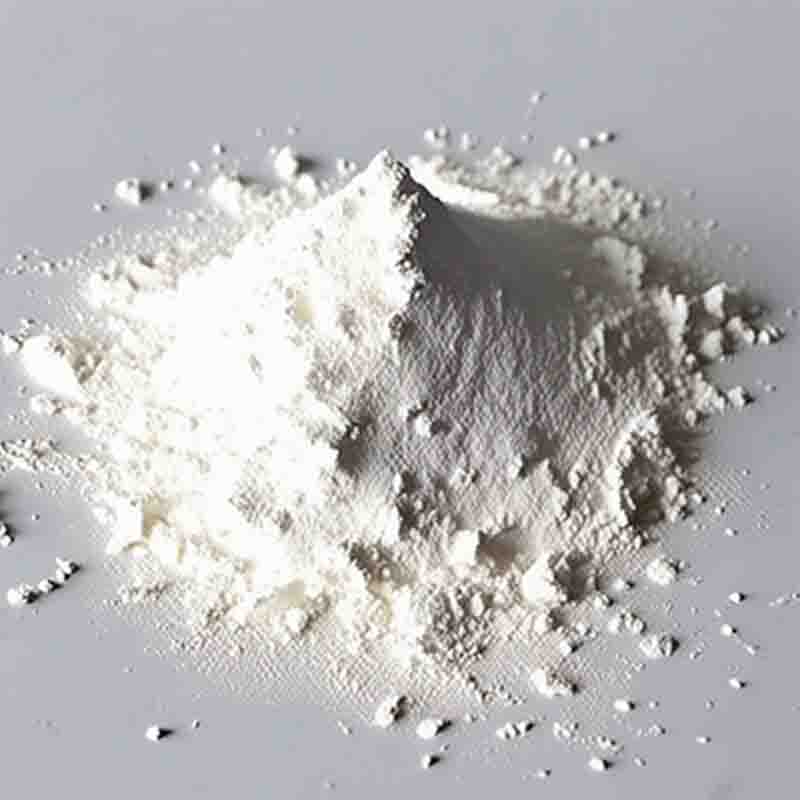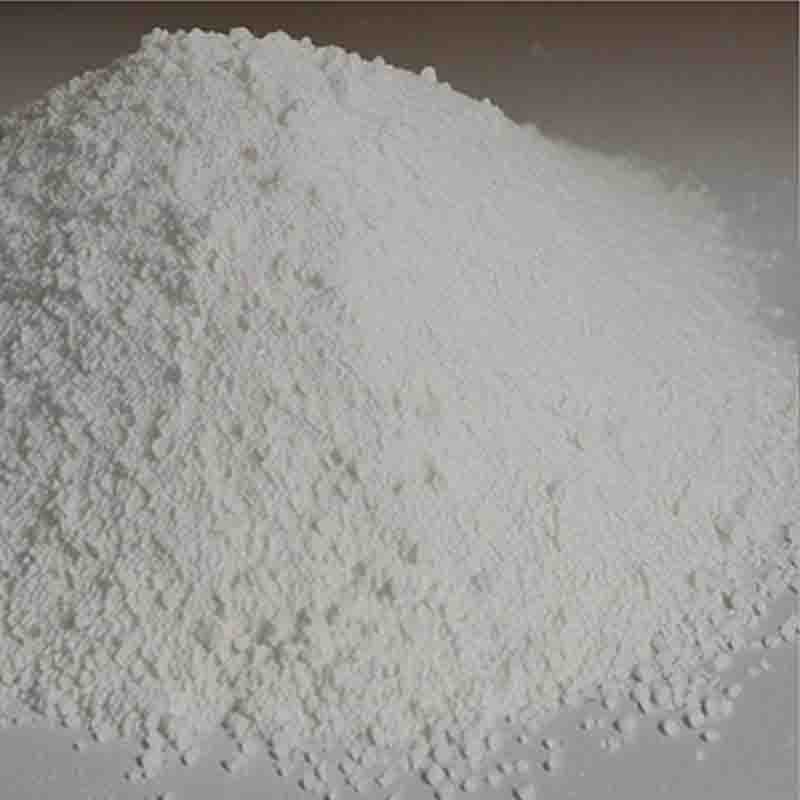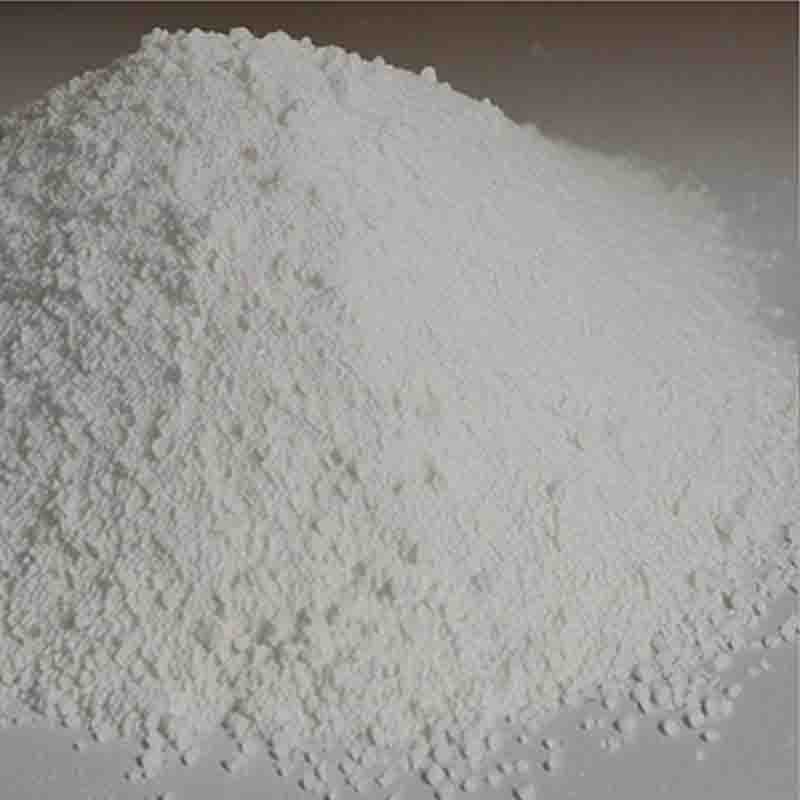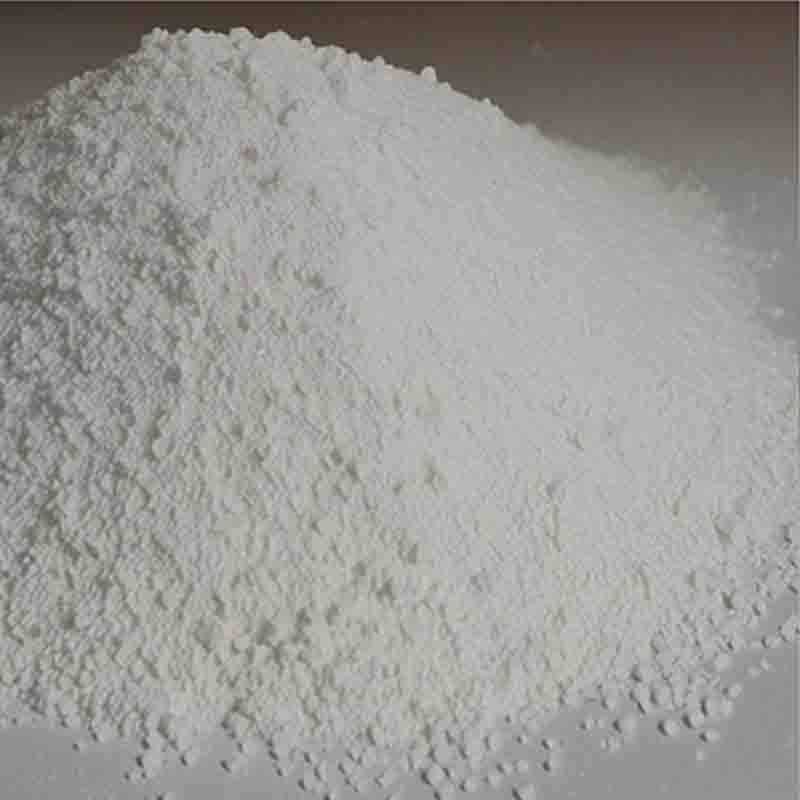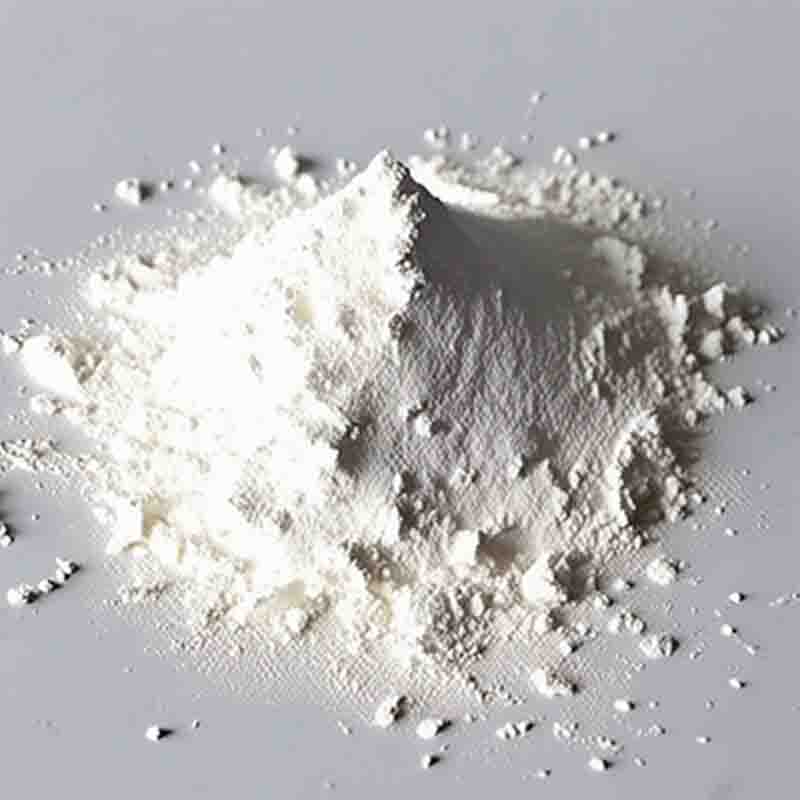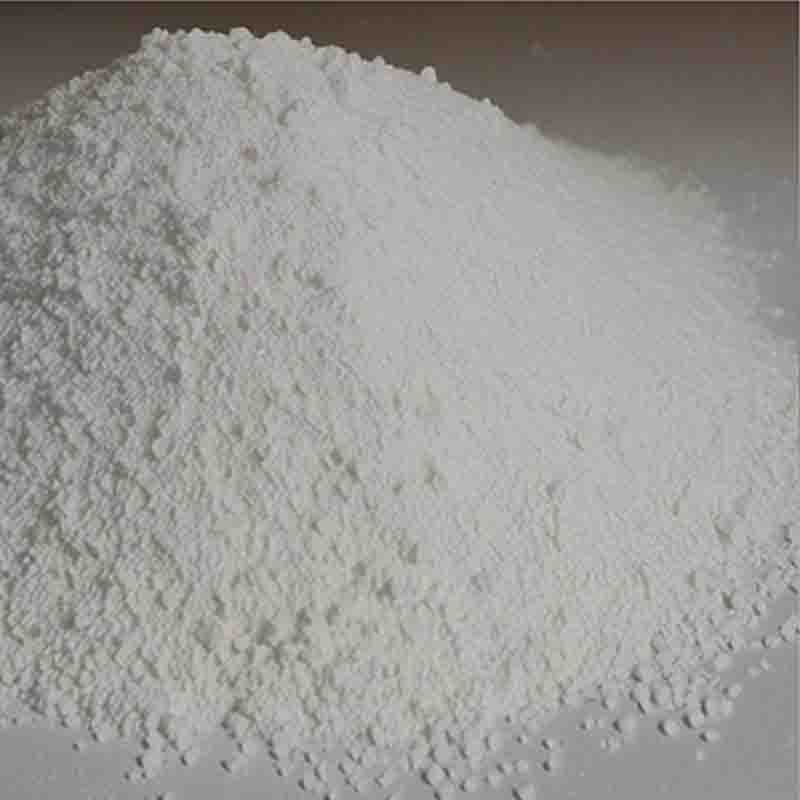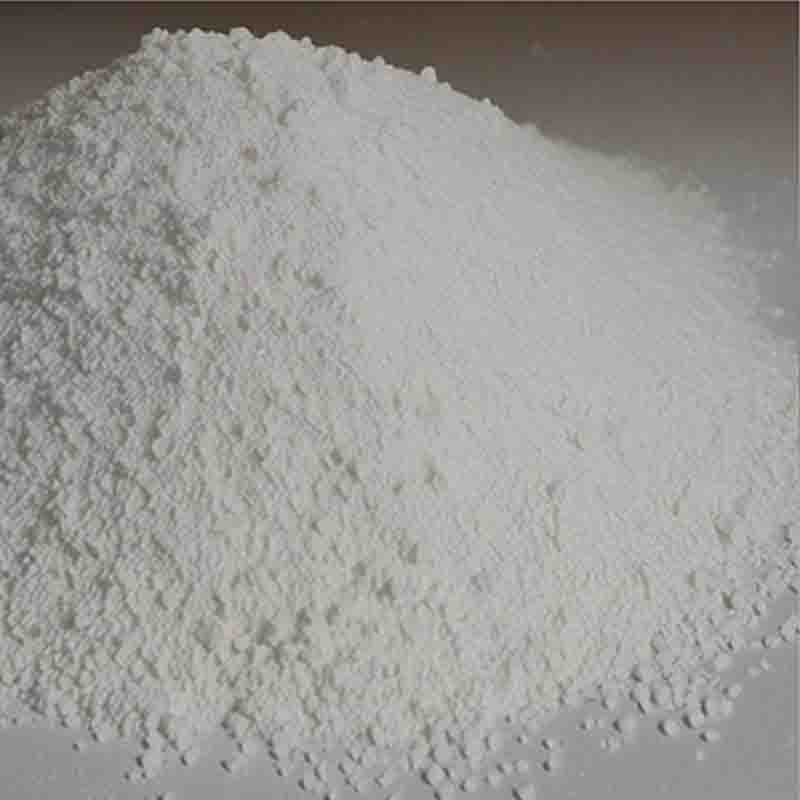6-Chloroindole CAS:17422-33-2
| Catalog Number | XD95499 |
| Product Name | 6-Chloroindole |
| CAS | 17422-33-2 |
| Molecular Formula | C8H6ClN |
| Molecular Weight | 151.59 |
| Storage Details | Ambient |
Product Specification
| Appearance | White powder |
| Assay | 99% min |
6-Chloroindole is a chemical compound that belongs to the indole family and contains a chlorine atom (Cl) attached to the aromatic ring. In this 300-word explanation, we will explore the effects and potential uses of 6-Chloroindole.One significant effect of 6-Chloroindole is its ability to modulate biological processes. Research studies have shown that 6-Chloroindole possesses anti-inflammatory properties. It has been found to inhibit the production of pro-inflammatory cytokines and prevent the activation of NF-κB, a protein complex involved in the regulation of immune responses. These findings suggest that 6-Chloroindole may have potential therapeutic applications in the treatment of inflammatory diseases.Another notable effect of 6-Chloroindole is its involvement in the synthesis of natural products. It has been utilized as a key building block in the total synthesis of various bioactive compounds. For example, 6-Chloroindole has been incorporated into the synthesis of indole alkaloids, which are known for their diverse biological activities, including antimicrobial, antiviral, and anticancer properties. By serving as a starting material, 6-Chloroindole enables the efficient production of these complex natural products.Moreover, 6-Chloroindole has shown potential as a versatile synthon in organic chemistry. The chlorine atom attached to the indole ring provides reactivity and allows for selective functionalization and derivatization. It can serve as a point of attachment for various functional groups or be manipulated to undergo further chemical transformations. This versatility makes 6-Chloroindole a valuable intermediate in the synthesis of pharmaceuticals, agrochemicals, and other specialty chemicals.Furthermore, 6-Chloroindole has been studied for its role as a fluorescent probe and sensor. Its unique aromatic structure and chlorine substituent give rise to interesting optical properties. Researchers have utilized 6-Chloroindole derivatives to develop fluorescence-based sensors for detecting specific analytes, such as metal ions or reactive oxygen species. These sensors can be used for analytical purposes, environmental monitoring, or biomedical applications.In summary, 6-Chloroindole exhibits a range of effects and potential uses. Its anti-inflammatory properties suggest potential therapeutic applications, while its involvement in the synthesis of natural products highlights its value as a building block for complex molecules. Its versatility as a synthon allows for various chemical transformations, enabling the synthesis of diverse organic compounds. Additionally, its unique optical properties make it suitable for use as a fluorescent probe and sensor. Continued research on 6-Chloroindole and its derivatives may lead to further discoveries and advancements in multiple fields, including medicine, chemistry, and sensor technology.


